Using Bilingual Texts to Support Translanguaging for English Learners
Jacob Wise, Jefferson City High School, Jefferson City, MO
Introduction
English Learners (ELs) face unique challenges in the classroom. In order for them to access grade-level curricula in their second language (L2), educators—both English Language Development (ELD) teachers and classroom teachers—provide many types of scaffolds to support students' understanding. Some of these include peer discussions, materials in students' home languages (L1), and machine translation.
In the secondary English language arts (ELA) classroom, these scaffolds can fall short of providing ELs’ full access to complex texts and achieving grade-level standards. This project focuses on how the use of bilingual and L1 texts, combined with translanguaging strategies, can support students’ engagement and understanding. By using bilingual and L1 texts in the ELA classroom along with translanguaging strategies (Espinoza & Ascenzi-Moreno, 2021), students were given the opportunity to build their confidence and increase their ability to interact with their peers and with the grade-level language arts content.
This project approaches the secondary language arts classroom from a translanguaging perspective, where students can move across languages to use their entire linguistic repertoire, or idiolect. Translanguaging is a term coined by Colin Baker (2001) as a translation from Cen Williams’ Welsh, trawsieithu. Translanguaging has emerged as a culturally responsive way to strategically support students’ literacy development across their L1 and L2 even as they are learning English and content simultaneously. This theory was developed further by García (2008; 2009), Li (2011), and Otheguy et al. (2015) among many others. More recent studies, including Zhang & Webb (2019), van Viegan (2020) and Domke (2023) have demonstrated the value of translanguaging and bilingual texts to support social justice, biliteracy, and student interaction.
The goals of this project included giving students direct access to ELA content in their home languages as well as multiple opportunities to translanguage and interact with both their same-language and non-EL peers. To accomplish this, staff including counselors, the ELD teacher, and ELA teachers met together to identity ELs who would need additional support in the classroom based on their English language proficiency levels (ELP). These students were partnered by grade level with same-language peers and provided with home-language texts and bilingual or side-by-side texts as available.
Teachers provided multiple and multimodal ways to interact with the texts. The teacher for one class often read aloud in English while students could follow along in their bilingual book. Other teachers provided time for independent reading where students could read in their home language and choose to answer comprehension questions in their L1, English, or both. English III’s study of The Crucible featured reader’s theater in English and Spanish. Students watched the film in English with subtitles.
English IV students studying Shakespeare were encouraged to paraphrase the difficult language to write a class-created more-readable script, with each student in the group taking on a different role. This task was supported by home-language, side-by-side, and thesaurus-style texts and gave students the opportunity to participate in a group project using translanguaging.
In English II (10th grade), students received side-by-side workbooks for an independent novel study of Night by Elie Wiesel. On one side of their workbooks, the questions were in English; the other side was in their L1, and they were encouraged to read and answer in whichever language they preferred while reading the text in their home language. Many students chose to answer in English, but teachers were able to use the Google Translate application’s camera feature to translate and grade students’ L1 responses. Additionally, students were grouped with EL peers who spoke other languages, allowing for English practice. They also paired with non-EL peers for discussions as well as long-term ELs who chose to read the texts in English but could respond to and translate for newcomer students.
11th grade newcomer students who participated in weekly reader’s theater of The Crucible were encouraged to take on whichever role they liked and read from their L1 text if they preferred. The rest of the class followed along and read their own parts in English. Students were also grouped with same-language peers for discussion groups. When watching the film, the students could listen to the English dialogue with visual support while answering questions in their L1 and answering questions in their side-by-side workbooks.
Step-by-Step Plan
- Identify home languages & English proficiency levels of students enrolled in high school ELA classes.
- Review curriculum & consult with ELA teachers to identify key texts.
- Purchase bilingual texts (e.g. side-by-side), L1-supported texts (e.g. thesaurus versions), graphic novels (in L1 or L2) as available and appropriate.
- Discuss between staff (ELD specialist, classroom teacher, counselors, etc.) students’ English levels and needs for support and appropriate groupings.
- Create or find translanguaged, differentiated classroom resources using the internet, free translation software, and/or district resources.
- Collaborate to ensure appropriate placement for EL students in language arts classes based on English proficiency and home language.
- Collaborate to identify appropriate translanguaging strategies for classroom use.
- Plan meaningful activities to encourage student use of L1 and L2 and participation with same-language and L2 peers.
- Work with students to encourage use of translanguaging strategies based on student preferences and English proficiency levels.
Timeline
August:
- ELD specialist meets with school counselors to ensure appropriate placement of EL students with participating ELA teachers.
- ELD specialist meets with participating classroom teachers to identify key texts in the ELA curriculum for purchase. Familiarize classroom teachers with their EL students’ cultural and linguistic backgrounds and ELP levels.
- Order appropriate materials.
September
- ELD specialist and classroom teachers collaborate on translanguaging strategies for students and accessible, L1-supported materials.
October-November
- Implement use of multilingual texts in first literary unit.
- Encourage student participation in class activities using translanguaging strategies (Espinoza & Ascenzi-Moreno, 2021) and multilingual strategies (Levine et al., 2013). Some ideas include reader’s theater, shared reading, collaborative dialogues, teacher read-aloud, English listening combined with L1 writing, and side-by-side translated workbooks.
November-May
- Repeat process as applicable with ongoing units of study (novels, plays, short stories, poems) as part of the ELA curriculum.
Budget
The complete budget for this project is viewable here. All items are available from Amazon. Key texts include:
English I (9th Grade)
- Romeo & Juliet by William Shakespeare
- Works by Edgar Allan Poe
English II (10th Grade)
- Night by Elie Wiesel
- The Taming of the Shrew by William Shakespeare
- Julius Caesar by William Shakespeare
- To Kill a Mockingbird by Harper Lee
- Of Mice and Men by John Steinbeck
English III (11th Grade)
- The Crucible by Arthur Miller
- The Great Gatsby by F. Scott Fitzgerald
English IV (12th Grade)
- The Lord of the Flies by William Golding
What did it look like?




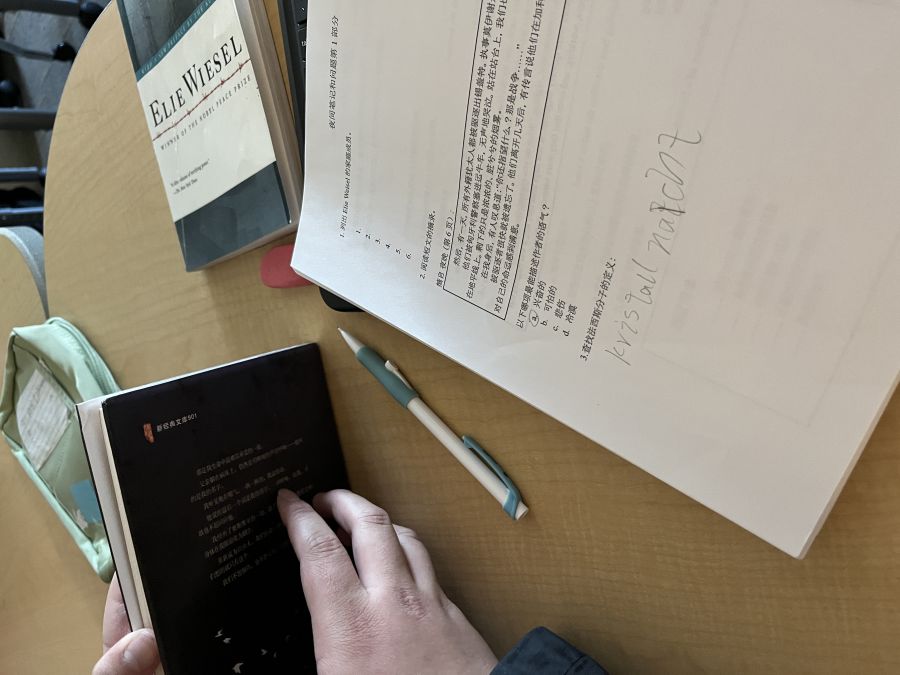


Sustainability
The great thing about books is that they do not expire, nor require a subscription! Regardless of who fills the ELD or ELA positions in years to come, these physical resources, along with researched strategies outlined in Table 1 can be used in perpetuity with ELs who enroll at our high school. They will be inventoried and belong to the ELD program and be shared with ELA teachers every year. As our district continues to receive record numbers of newcomers, it will be the responsibility of the ELD teacher and classroom teachers to continue engaging with multilingual learners and meeting them at their level of English proficiency while providing access to grade-level curricula.
Each year, teacher mentors and the ELD teacher can bring new staff up-to-speed on the available texts, resources, and strategies for promoting EL student engagement and use of translanguaging in the classroom through formal and informal collaboration. Returning staff will have an even greater advantage in having used these strategies and multilingual books before. As students advance from 9th to 12th grade, returning ELD staff will know these students even better and can recommend additional differentiated and targeted instruction to classroom teachers as well as in the ELD classroom.
Reflections
As multilingual learners continue to develop their L2 proficiency and content knowledge, we can hope, as Baker (2001) argued, that, “If the students have understood [a topic] in two languages, they have really understood it” (p. 281). There are, however, several important considerations for teachers supporting ELs, especially from a translanguaging perspective.
The first consideration is teacher communication and collaboration, particularly as machine translation on its own is neither sufficient nor appropriate all the time. A text for one of the ELA classes participating in this project had initially been translated through Google Translate, and while the discussion, short response, and multiple-choice questions came through accurately, the actual text did not. Students were not aware of the available text, and I was not aware the unit had started. Thankfully, the students spoke up and advocated for themselves. Whoever purchases the resources will need to communicate clearly with classroom teachers regarding scheduling and materials.
Another consideration is planning. Baker (2001) observed that effective use of translanguaging must be purposefully planned. It is also important to give students the necessary support to actually engage in translanguaging. This may include pushing students with higher levels of English proficiency to participate using the target language (English) as appropriate. Rather than shoehorning all ELs into a homogenous group, groupings must be purposeful, as in the case of pairing newcomers with long-term ELs who speak their home languages, or with non-EL students who are willing and able to use technology to communicate with newcomers. Students need to know the plan, have support from their peers and teacher, and be given adequate time and resources to understand what they are expected to do.
A final consideration is student choice and comfort, especially depending on English proficiency level. Students may feel ready to challenge themselves by using more English and working with non-EL peers. When working with more difficult texts, they may find themselves relying on their L1 more. I found that students were more likely to engage when it was clear that they were welcome to use their L1 in discussions and readers theater. Once students were directly engaged, things took off!
Thanks to the resources from this project, ELs participated in meaningful discussions and activities related to classic works of literature. Teachers and peers fully supported them in their endeavors to work across languages.
References
Baker, C. (2001). Foundations of bilingual education and bilingualism (3rd ed.). Multilingual Matters.
Domke, L. M. (2023). Latinx bilinguals using dual-language books to develop biliteracy. Bilingual Research Journal, 46(1–2), 100–116. https://doi.org/10.1080/15235882.2023.2221195
Espinoza, C.M. & Ascenzi-Moreno, L. (2021). Rooted in strength: Using translanguaging to grow multilingual readers and writers. Scholastic.
García, O. (2008). Bilingual education in the 21st century: A global perspective. Wiley-Blackwell.
García, O. (2009). Education, multilingualism, and translanguaging in the 21st century. In T. Skutnabb-Kangas, R. Phillipson, A. K. Mohanty & M. Panda (Eds.), Social justice through multilingual education (pp. 140-158). Multilingual Matters.
Gottlieb, M. (2016). Assessing English language learners: Bridges to educational equity: Connecting academic language proficiency to student achievement (2nd ed). Corwin.
Li, W. (2011). Moment Analysis and translanguaging space: Discursive construction of identities by multilingual Chinese youth in Britain. Journal of Pragmatics, 43(5), 1222-123. https://doi.org/10.1016/j.pragma.2010.07.035
Otheguy, R., García, O. & Reid, W. (2015). Clarifying translanguaging and deconstructing named languages: A perspective from linguistics. Applied Linguistics Review, 6(3), 281-307. https://doi.org/10.1515/applirev-2015-0014
van Viegen, S. (2020). Translanguaging for and as learning with youth from refugee backgrounds. Australian Journal of Applied Linguistics, 3(1), 60–76. https://doi.org/10.29140/ajal.v3n1.300
Zhang, Z. & Webb, S. (2019, April). The effects of reading bilingual books on vocabulary learning. Reading in a Foreign Language, 31(1), 109-139. https://files.eric.ed.gov/fulltext/EJ1212816.pdf
See Examples of Winning Demonstration Projects
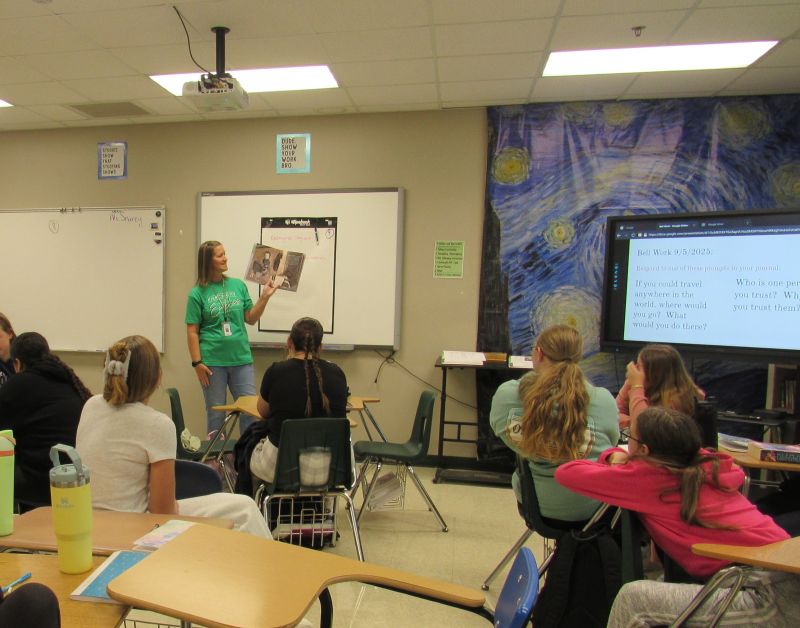
Multicultural Monday Read-Alouds
The goal of this project is to increase multiliteracy and multicultural awareness with students through select read-aloud books. Of the many excellent books available, thirty were chosen as read-alouds for sharing weekly with the class throughout the school year. For each book, I also created a mini…

Bringing Families Together:
The Monett community is home to a linguistically diverse population, with students speaking over twenty different languages or dialects. The number of families considered Newcomers, those newly arrived in the United States, is rapidly increasing in our schools. As a result, it is critical for…

Multilingual Language Games:
Many times, families do not have access to language and education-based resources. The multilingual board game lending library is designed to celebrate bilingualism and help bridge the gap between home and school. Games encourage growth in the areas of English language acquisition as well as each…

Read, Speak, Succeed: Empowering Future Global Communicators
The primary objectives of this project are twofold: to enhance literacy and language proficiency by reading Spanish-language books and materials. Given that my students are studying Spanish with the ultimate aim of effective communication, it is essential for them to excel in both understanding…

Using Bilingual Texts to Support Translanguaging for English Learners
English Learners (ELs) face unique challenges in the classroom. In order for them to access grade-level curricula in their second language (L2), educators—both English Language Development (ELD) teachers and classroom teachers—provide many types of scaffolds to support students' understanding. Some…

Reading Artwork: Using Family Dialogue to Aid Meaning-Making for English Learners
Visual literacy and peer conversations are critical components of early language learning. This project creates new interactions for English Learners (ELs) between their peers and family. First, by engaging in classroom conversations while “reading” art, followed by sending wordless…

Illuminating Diversity: A Mural to Share Stories through a Multicultural Lens
This project included a 10-Day Artists-in-Residency with Rodrigo Alvarez and Isaac Tapia. These artists worked with students in our English Language Development (ELD) Program to design and paint a 10’x40’ mural, emphasizing the cultural and linguistic diversity of Parkview students both past and…

World Fest: Showcasing Cultural and Linguistic Backgrounds
World Fest was a beautiful and successful event! The event was a vibrant celebration of cultural diversity, filled with excitement and enthusiasm. For our Creekmoor English Learners (ELs), World Fest was a wonderful opportunity to showcase their rich cultural and linguistic backgrounds. It was a…

Global Welcome: Bridging Cultures in High School
Given the community's ties to the tourism industry, Branson High School serves a student population with diverse linguistic and cultural backgrounds. This project advocates for multiliteracy through the creation of welcome banners and custom lanyard badges. By creating welcome banners for the school…

The Language Bus: Bringing Early Literacy Skills to the Community
In our community we recently had an increase in students who speak Burmese or Karen. As an Early Childhood Special Education teacher watching the referrals come through, I began to notice that home language literacy needed to be strengthened to develop age-appropriate communication skills. Many of…
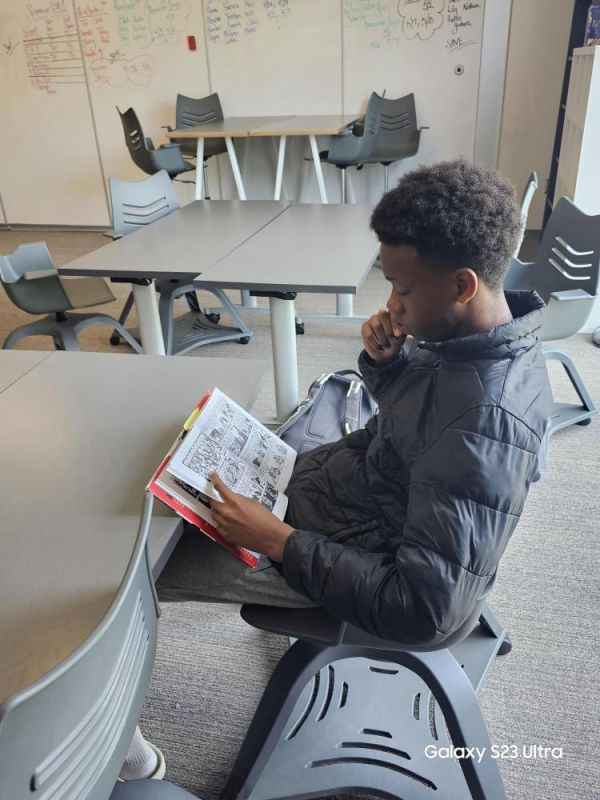
LEADing Internationally: Annual Spotlight Night to Support Learning in Any Language
LEADing Internationally emphasizes a strengths-based approach which values learning in any language (Regional Educational Laboratory Program, 2015). This project seeks to provide materials in students’ home languages (Arabic, Chinese, English, Somali & Spanish) for student project work, required…
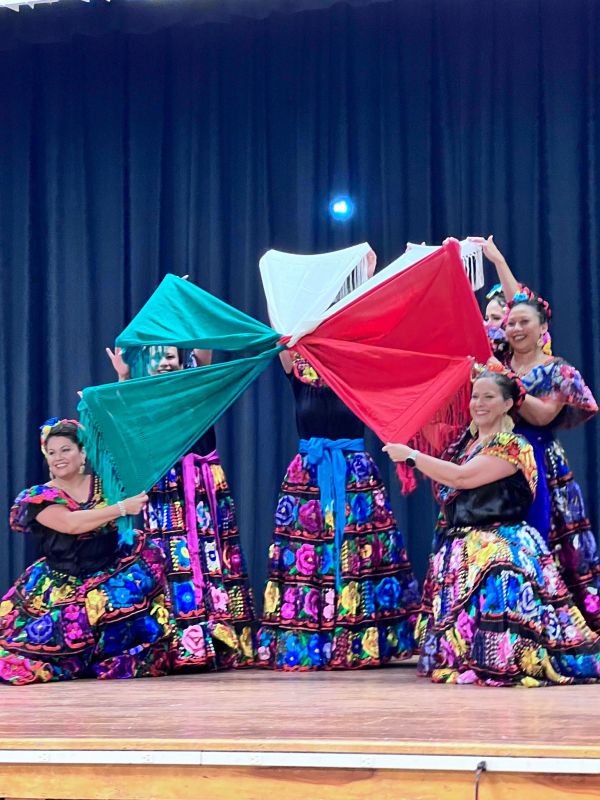
Culturally Aware Comets: Experiencing Different Cultures through Books, Food, and Games
Mark Twain Elementary has a diverse population of students and staff, many of whom come from different backgrounds. Our school's diversity needed to be celebrated and recognized. Many students come from low-income families. These students have yet to have the opportunity to travel or gain…
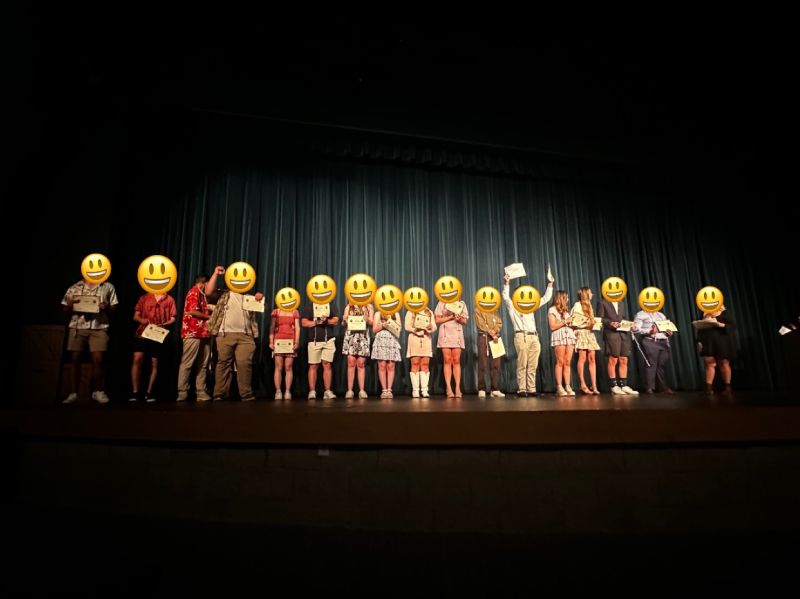
Heritage Voices: Empowering & Celebrating Biliteracy
The Heritage Voices: Empowering & Celebrating Biliteracy project aims to support heritage speakers in developing their bilingual and biliterate abilities. Given the large population of Spanish-speaking students in our district, our primary goal is to provide resources and guidance to heritage…
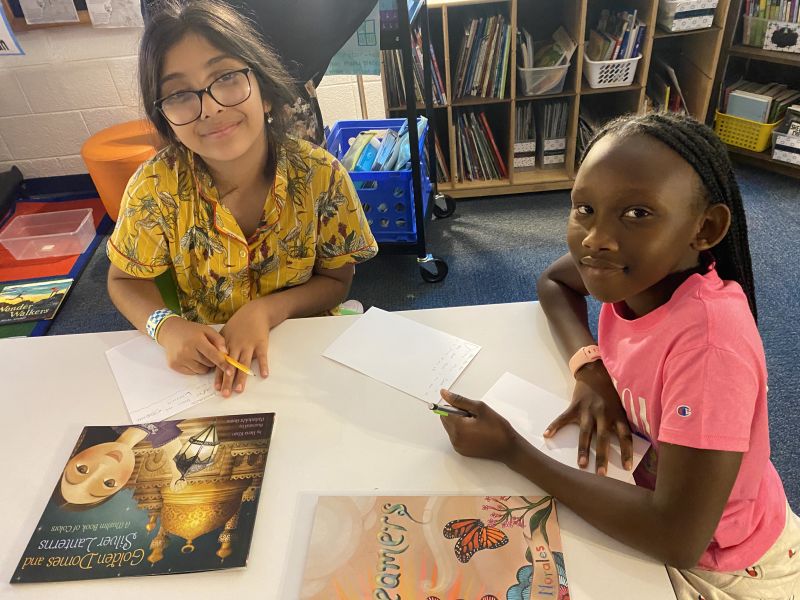
Cross-Town Pen Pals: Support Multiculturalism in Classrooms
The main objective of this pen pal project was to use diverse books representing cultures around the world to make connections with students in a different classroom in the district. Students used multicultural books to collaborate throughout two reading units that focused on theme, inferring, and…
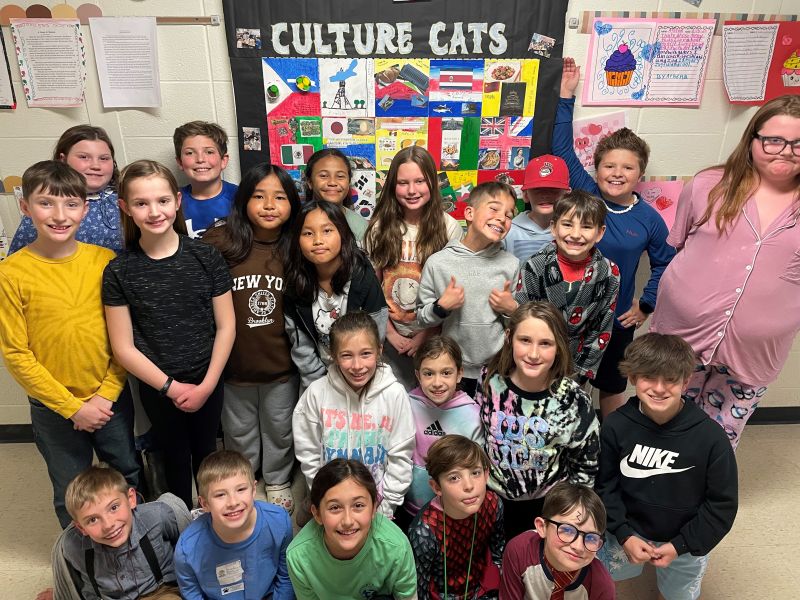
Culture Cats: Exploring Countries and Cultures
Culture Cats is an after-school club that promotes learning and exploring other countries and cultures. We are called Culture Cats because our school has many English Learners (ELs) that make up our student body and our mascot is a wildcat. We use books, guest speakers, games, crafts, and snacks to…
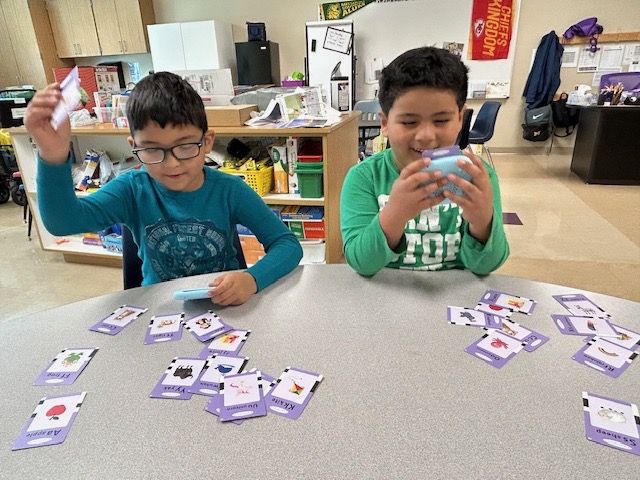
Activities for English Learners: Supporting ELs in the Classroom
The Monett School District boasts a richly diverse student body, with English Learners (ELs) representing the fastest-growing demographic nationwide, having increased by 60% over the last decade (Breiseth, 2015). Our district welcomes students from various countries, with Spanish being the…

Home-to-School Communication: Connections with Wordless Picture Books
The Monett community has twenty plus different languages or dialects spoken here. Newcomer families from other countries are on the rise, and there is a constant need to help students learn English as a second language. The purpose of this project is for students to practice their language skills at…
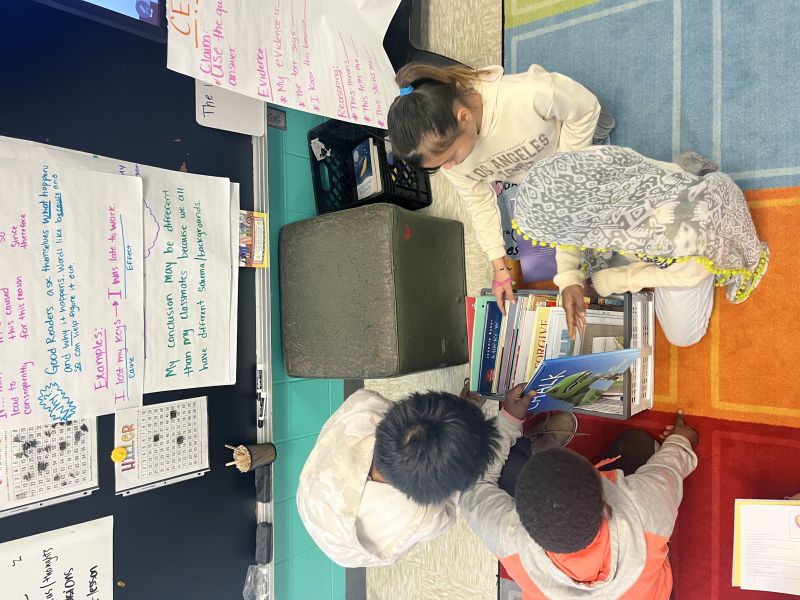
Wordless Picture Books: Bring Life to Language
My project’s purpose is to give English Learners (ELs) access to text through wordless picture books. The goal of using these books in our class and school is to engage students who are multilingual in our classrooms. Students may work on their language skills as well as reading and writing skills…
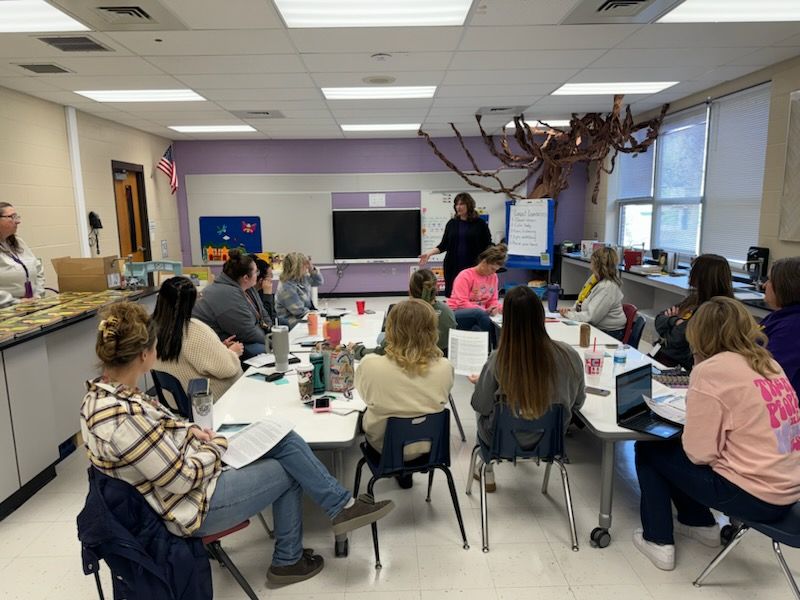
Developing a Culturally and Linguistically Responsive School: Professional Development to Highlight Assets ELs Bring to the Classroom
The Monett R-1 School District serves a large population of English Learner (EL) students; out of 2,346 students, 48% identify as a minority. Many students come from low socio-economic backgrounds and have minimal literacy exposure. About half of the students in each Monett classroom are ELs, and…
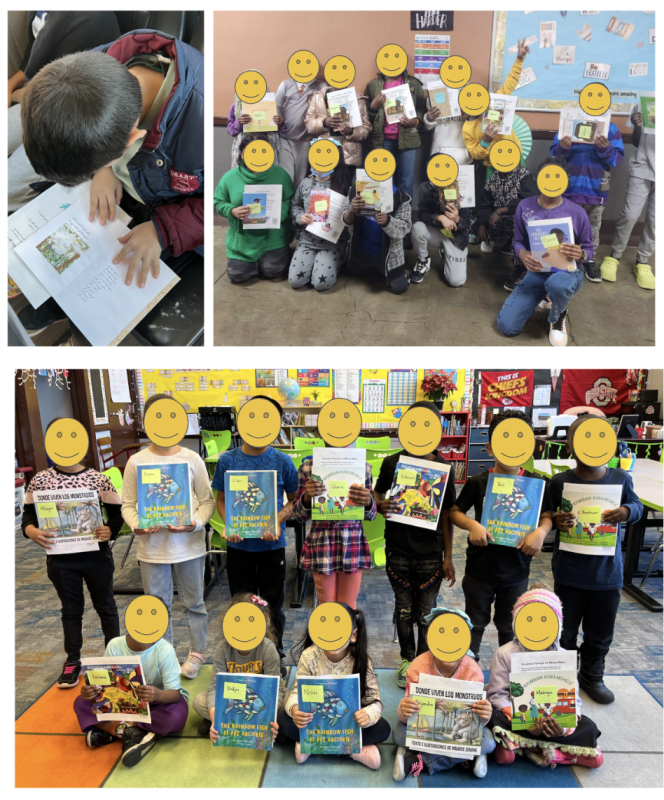
Home Language Reading Skills: Creating Routines for Literacy at Home
As many refugee and immigrant families arrive in America, their focus on language and literacy often shifts exclusively to the English language. Multilingualism is a strength, and it is important that our families maintain their home language literacy skills in conjunction with their English…
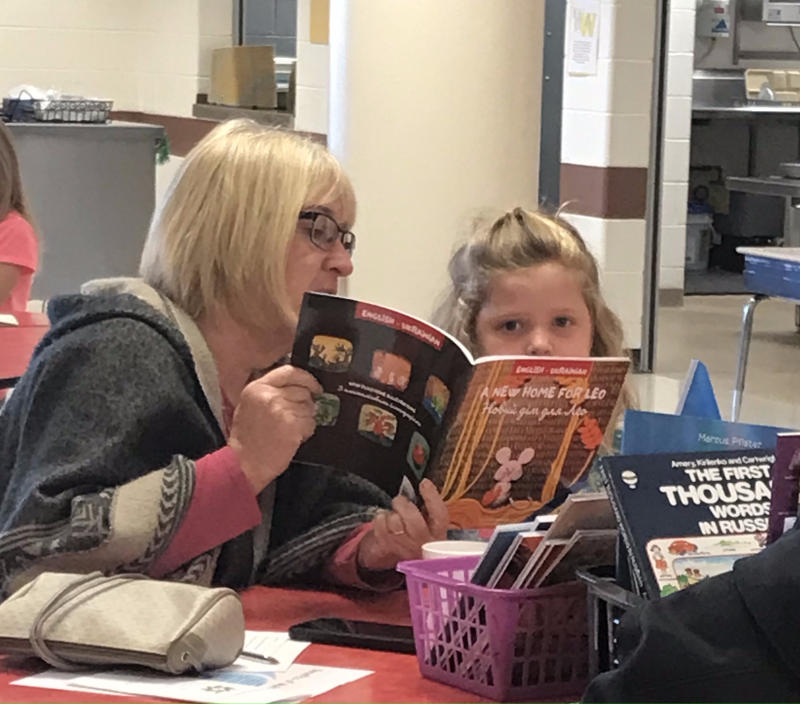
Biliteracy Breakfast: Promoting Multilingual and Multicultural Literature in a Casual Setting
Many multilingual families forgo maintaining literacy in their heritage language in the pursuit of English. It is important to highlight the value and benefits of continuing the development of home languages. By inviting students and families to read together and explore literature and language, we…
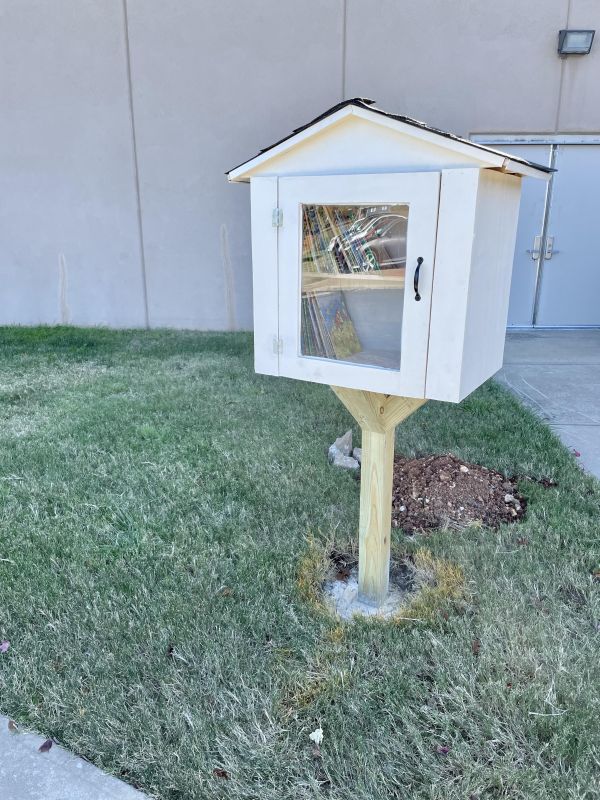
Our Little Library: Using Little Lending Libraries to Meet Multilingual Needs
Many families of English Learners (ELs) are not able to read books from school with their child or help with homework because of the language barrier. Since some families believe they are unable to help their children with English and/or homework, they can become very disconnected from their child…
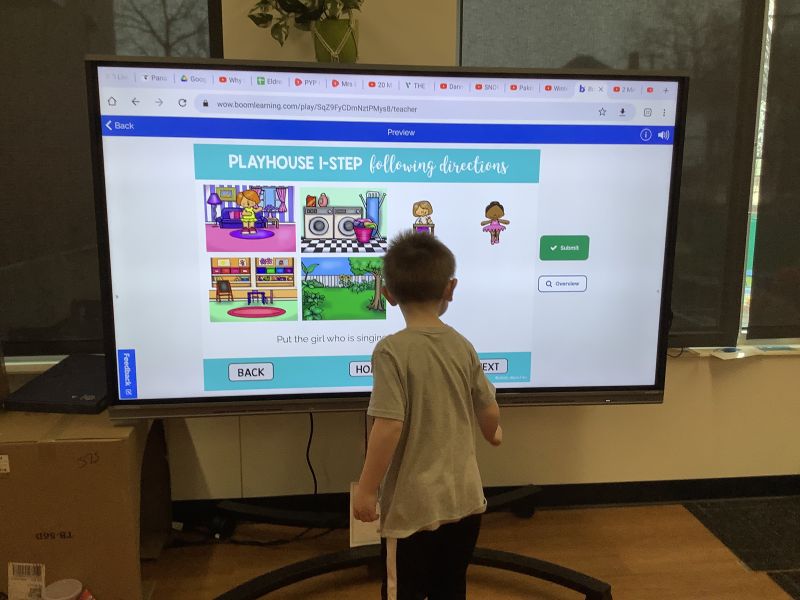
Rounding Up Resources: Helping Early Childhood Teachers Meet Multilingual Learner Needs
There are many resources available to support educators of English Learners (ELs), however, having access to those materials isn’t always easy. One cannot overstate the value of having resources available for teachers. We know that “without specific knowledge related to language development, even…
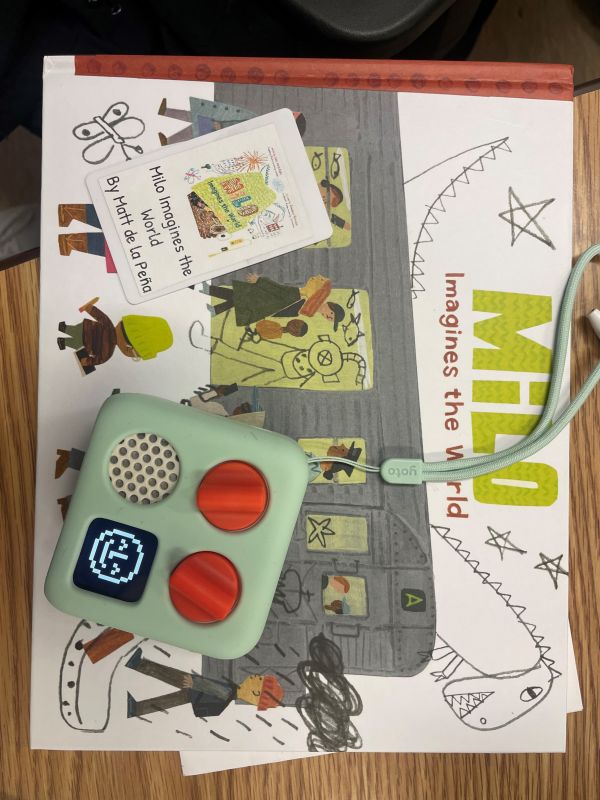
Multilingual Listening Library: Using Yoto audio players to support all students
Three second-grade classrooms offered their students access to a multilingual listening library. The main objective of this project was to promote the use of home languages and encourage English language acquisition.This project had two primary goals:To provide students with frequent access to…
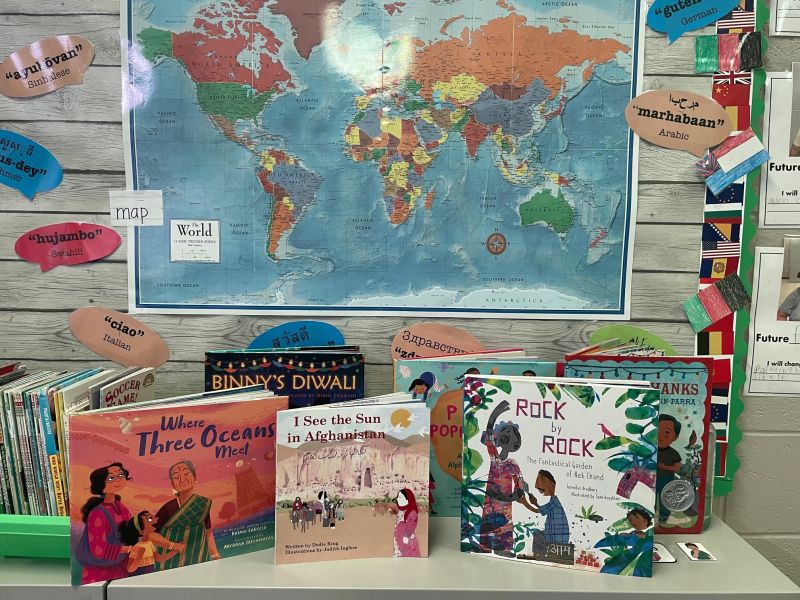
Around the World: Family Literacy Night
Around the World Family Literacy night is a project designed to highlight differences in culture and build literacy skills. As an EL teacher in my district, I understand the importance of creating opportunities for our students and families to learn about other cultures within our school community.…
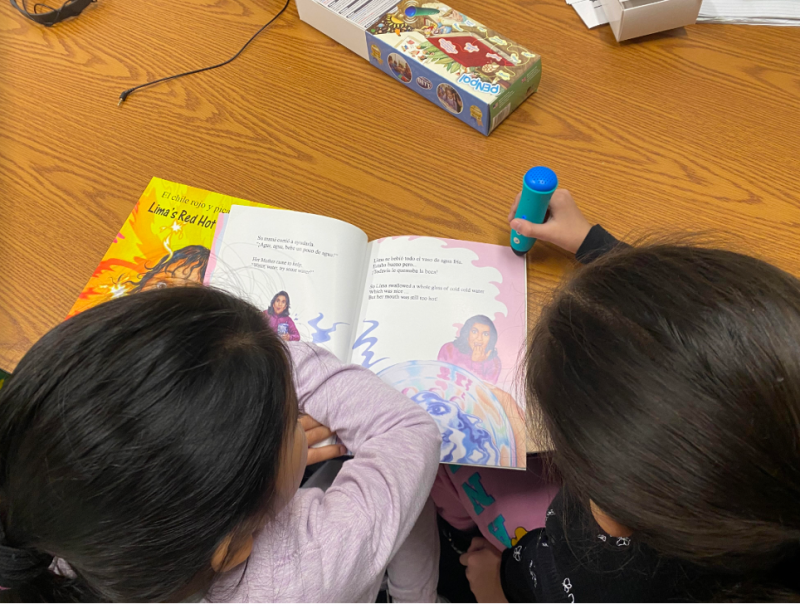
Home-to-School Literacy Project: Increasing family literacy with bilingual resources
Family literacy activities are essential for student academic success in school. The Home-School Literacy Project equips students and parents with bilingual activities, books, and resources to support their literacy skills. Families participate in a literacy night to share their own experiences and…
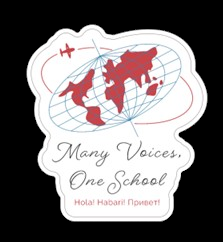
Many Voices, One School: Using QR codes to give ELs a voice
Many of our students come to us from various countries, backgrounds, and cultural experiences. While some families bring educational experiences from their home countries before relocating to the United States, others, particularly our newcomers, may not have a strong literacy background or history…
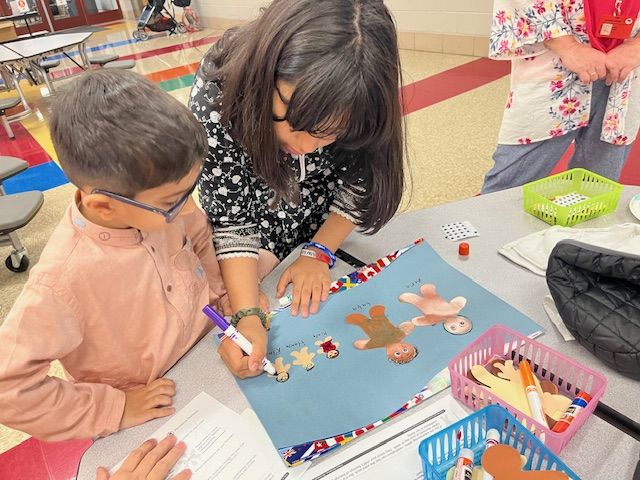
A Multicultural Pirate’s Reading Night
Our school mascot is a pirate. My project, A Multicultural Pirate’s Reading Night, was an event in which multicultural families who have children enrolled in Preschool or Kindergarten were invited to learn about the importance of promoting literacy in their first language as well as English. The…
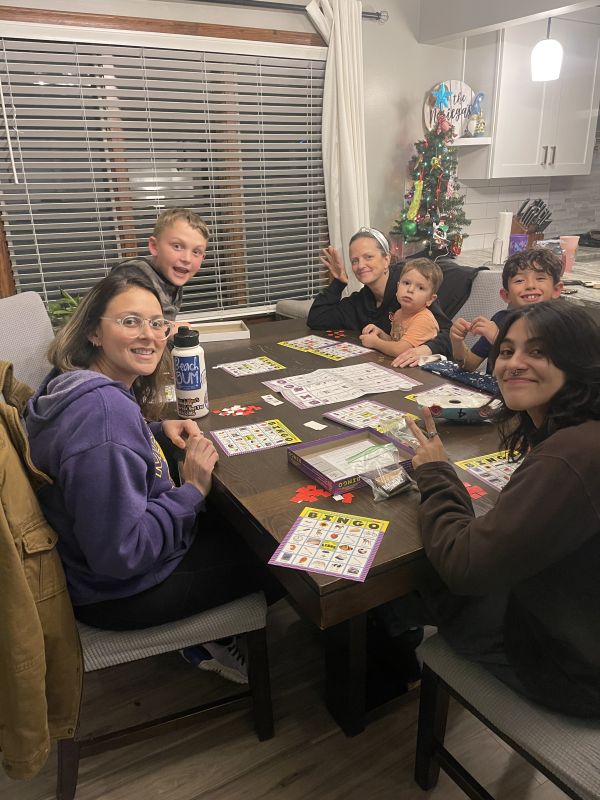
Promoting Family Conversations in Multiple Languages
There is a need for deep conversation, even at a first-grade level. The purpose of the project is to promote conversations between students and their families via play, read-alouds, and everyday activities through literacy kits that students can check out. The kits include books, phonics games,…
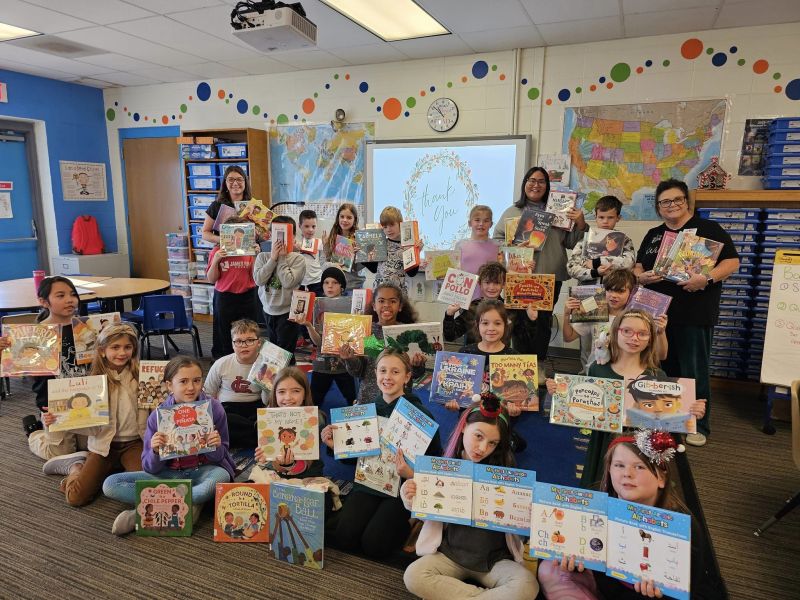
Celebrating Multilingual Magic: Nurturing the Social and Emotional Well-being of ELs
Wanda Gray Elementary stands as a cornerstone for education in Springfield, Missouri, providing a nurturing space for a diverse student population. Currently hosting 483 students weekly, with 29 benefiting from English Language Development (ELD) services and speaking languages other than English at…

A World of Languages in Our Classroom: Celebrating cultural diversity with guest readers
As a model language-rich classroom in my district, it is my goal to provide a comfortable, interactive environment for our multilingual students and their families. When students see their native language in books, posters, and through multimedia presentations they feel valued and have a sense of…
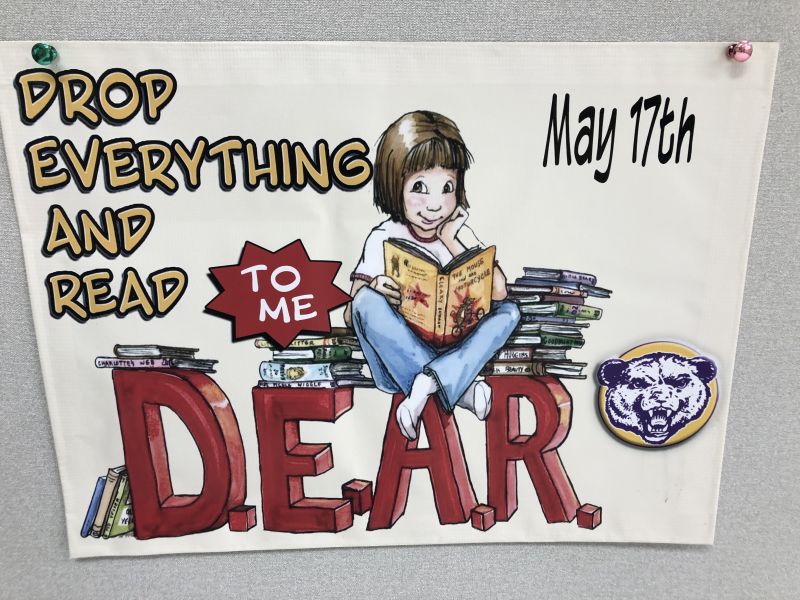
DEAR to Me: Fostering biliteracy through middle school mentors
DEAR to Me stands for Drop Everything and Read to Me and that is exactly what happened at the Monett Early Childhood Center.DEAR to Me is a special time for Middle School students to come and read in small groups. Our kindergarten students got to hear books read to them in English, Spanish and…
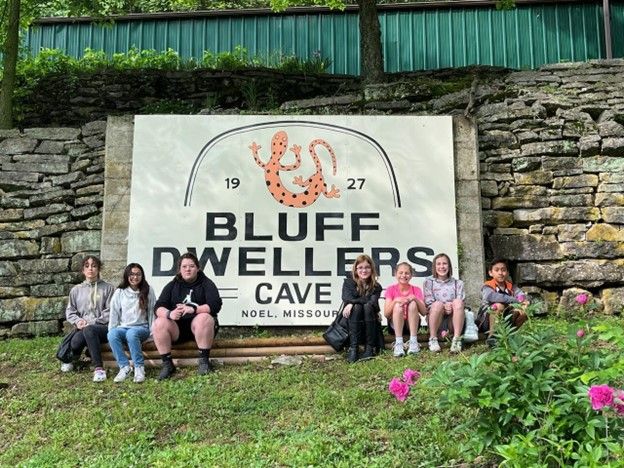
Dig Into Reading: Promoting students reading 15 minutes daily in school and at home
Through the Dig Into Reading multiliteracy project, we have created a culture of reading within our school and are continuing to promote reading engagement at home. We have been able to provide multilingual literacy resources and encouragement to enhance students' reading in their preferred…
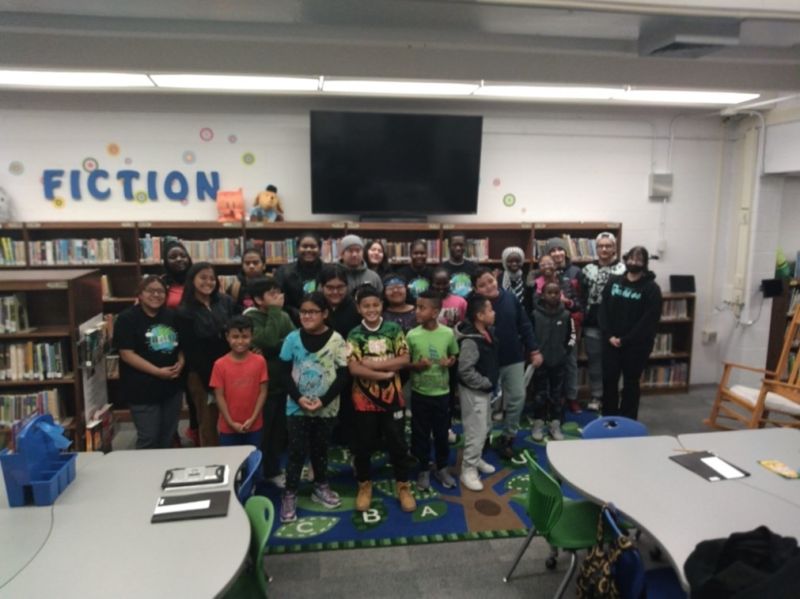
HELLO! HOLA! XIN CHÁO! BONJOU! HALO! Connecting high school and elementary ELs
As the population of English learners (ELs) continues to grow in our community, students can utilize their home language as a means to develop second language skills. The ELL Outreach Program brings together students of different ages yet similar cultures and languages to improve their English…
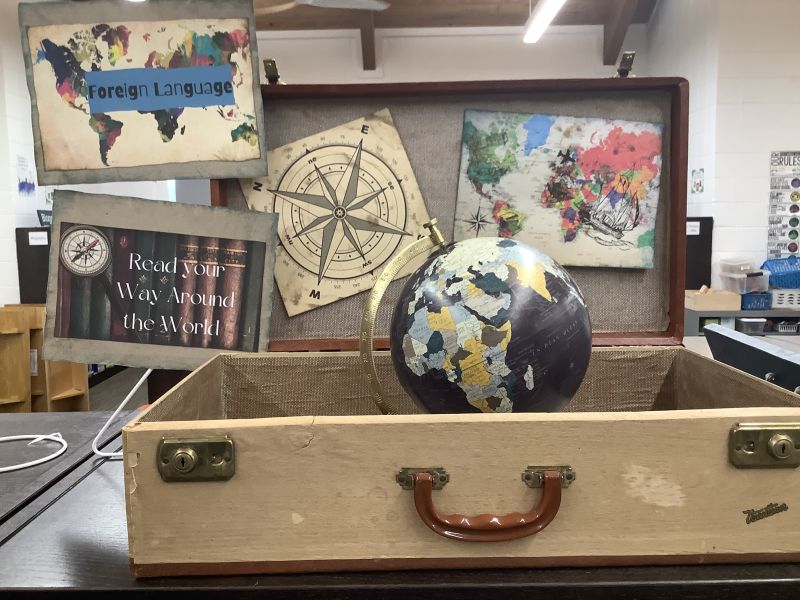
Many Languages, One Shelf: The Building Bilingual Book Section Project
This project allows English learners the opportunity to check out materials that represent diverse cultures and languages. Most materials are bilingual and include English translations on the same page. These resources promote and maintain ELs’ home languages and build English proficiency. As a…
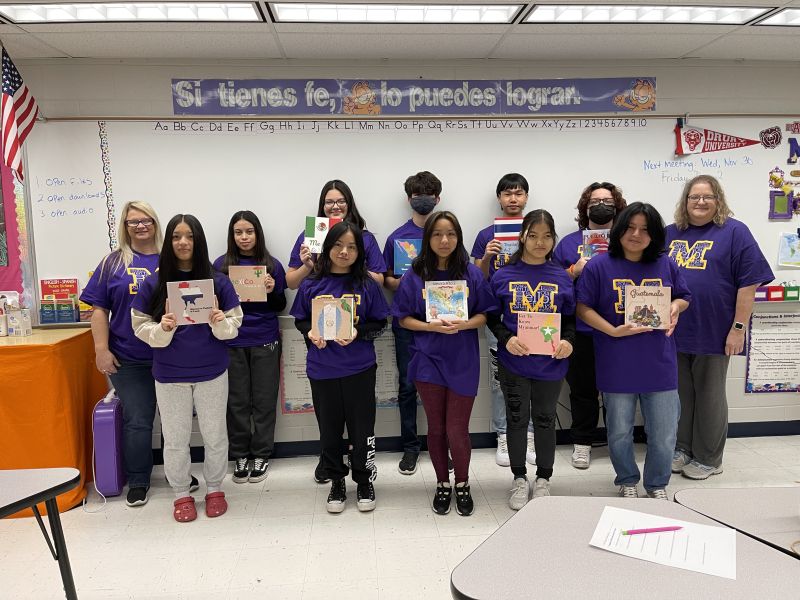
Our Cultural Heritage: Students create a bilingual alphabet book of their home country with family assistance
Our Cultural Heritage is a project designed for students and families to work, share, and learn together. This project is designed for students to practice various reading, writing, and speaking skills to create an alphabet book about their families’ home countries. Using a digital online book…
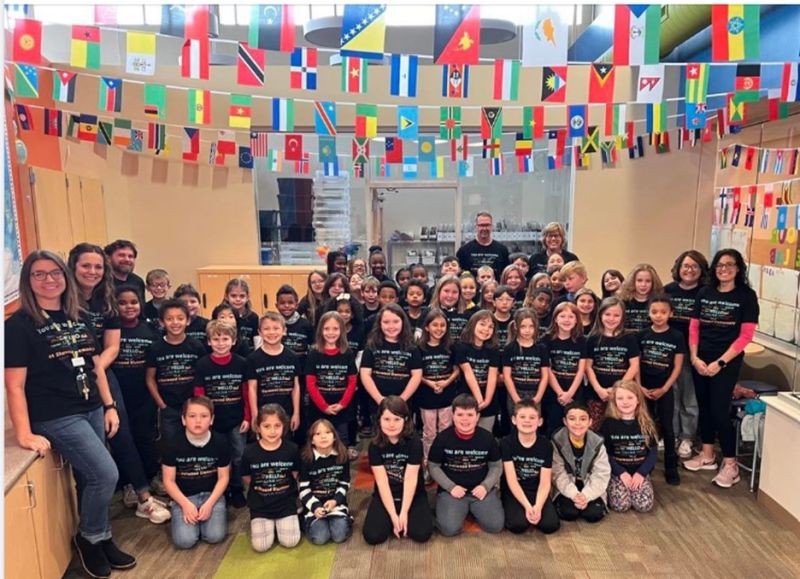
Language Clubs: Promoting cultural diversity and biliteracy
The students in our school come to us from many different backgrounds and cultural experiences. As educators, it’s our job to make all students feel welcomed and safe at our school and in our classrooms. Promoting and valuing the first language helps English learners and bilingual children feel more…
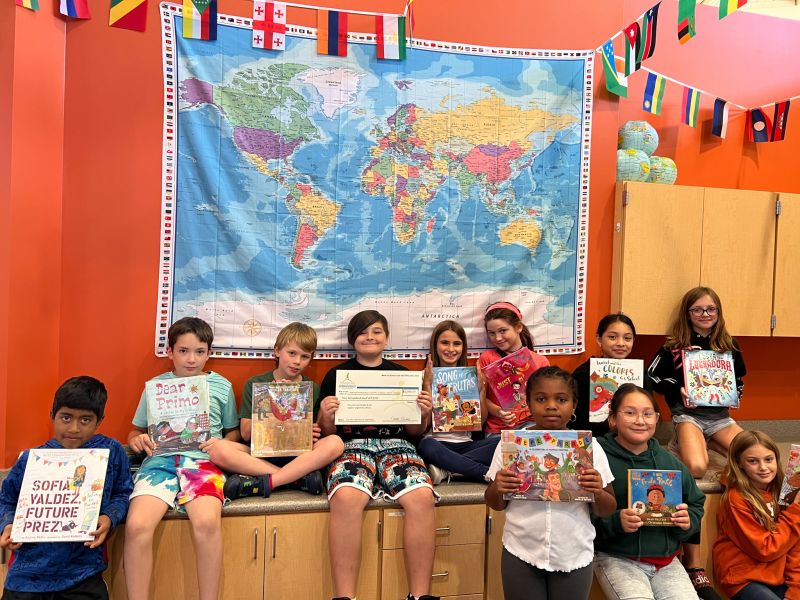
Welcome to Our Language Lab
How can we make our schools more welcoming, accepting, and engaging for our students and families joining us from other places around the world? With a Language Lab!

Multilingual Garden Unit
A community garden not only adds beauty to a school but also instills pride in the students that help build it. By utilizing best practices that teach English Learners (ELs), students explored how to design a garden.
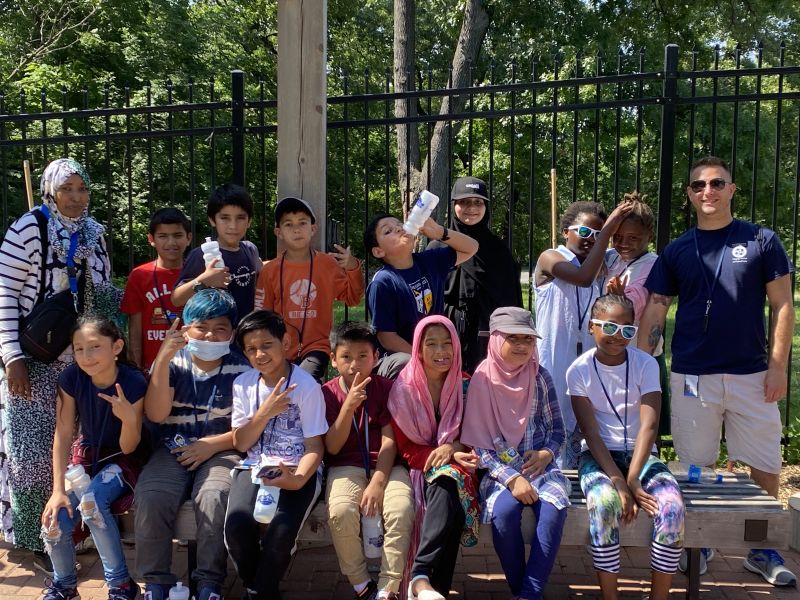
Multilingual Story Garden
A community garden not only adds beauty to a school but also instills pride in the students that help build it. By utilizing best practices for English learners (ELs), students visited a local community garden in the city to learn about gardening and sustainability. They also participated in a story…
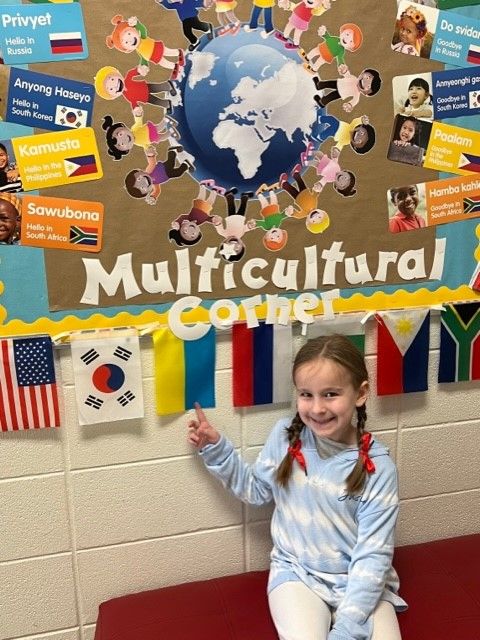
Multicultural Newsletter
The multicultural newsletter aims build connections with multilingual families by getting to know them and by introducing them to the school community. Amber Troye shares her protocol and experiences that can help educators deepen their knowledge about multilingual learners’ home cultures,…

Family Literacy Night
The Family Literacy Night project involves caregivers in the life of an elementary school. In preparation for the event, reading buddies in kindergarten and 4th grade partner to read multicultural books; they also learn to tell wordless picture books and author their own.
Read the full blueprint.
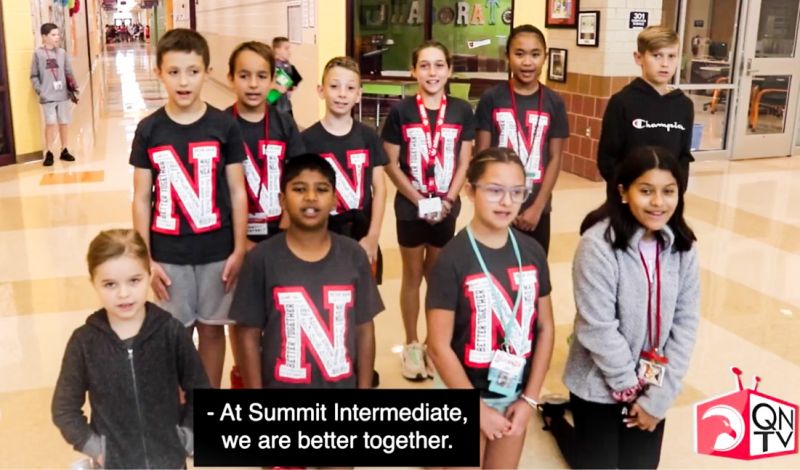
Better Together Unit in Nixa Public Schools
Kara Griffin at Summit Intermediate in Nixa Public Schools presents the blueprint of a project that aimed to welcome new families and unite the school around exploring the home cultures and languages of the students who attend. The project contributed a multilingual collection to the school library…
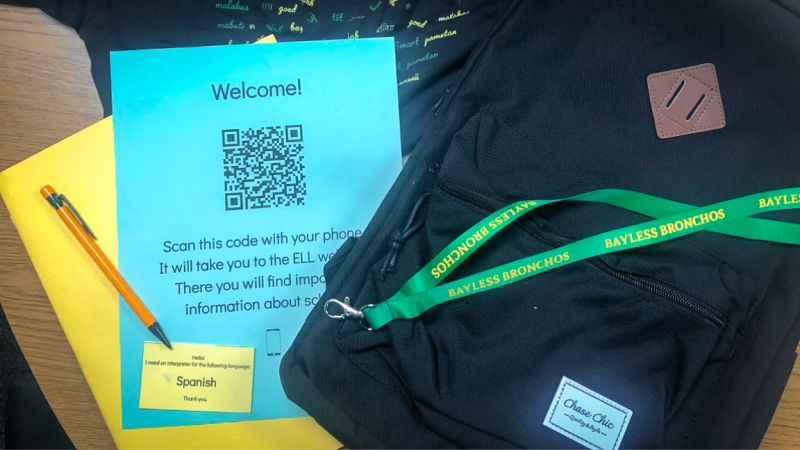
Newcomer Welcome Kits
Sarah Reeves at Bayless School District in St. Louis, Missouri describes her school's activities that aimed at creating a welcoming environment for newcomer refugee families by supplying them with useful items in a thoughtfully assembled backpack.
Read the full blueprint.
